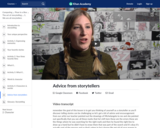
Some advice from our storytellers.
- Subject:
- Applied Science
- Arts and Humanities
- Computer Science
- Graphic Arts
- Material Type:
- Lesson
- Provider:
- Khan Academy
- Provider Set:
- Pixar
- Author:
- Disney Pixar
- Khan Academy
- Date Added:
- 07/14/2021


Some advice from our storytellers.
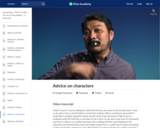
More advice to new writers.
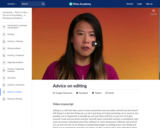
Advice on editing.
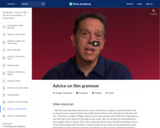
Advice for storytellers.
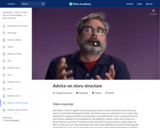
Advice from storytellers on structure.

Advice from our storytellers.
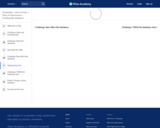
How to combine data from a database using SQL.
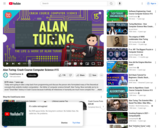
Today we’re going to take a step back from programming and discuss the person who formulated many of the theoretical concepts that underlie modern computation - the father of computer science himself: Alan Turing. Now normally we try to avoid “Great Man" history in Crash Course because truthfully all milestones in humanity are much more complex than just an individual or through a single lens - but for Turing we are going to make an exception. From his theoretical Turing Machine and work on the Bombe to break Nazi Enigma codes during World War II, to his contributions in the field of Artificial Intelligence (before it was even called that), Alan Turing helped inspire the first generation of computer scientists - despite a life tragically cut short.

This lesson centers around the How AI Works: Equal Access and Algorithmic Bias video from the How AI Works video series. Watch this video first before exploring the lesson plan.
In this lesson, students will practice cropping images to uncover the bias underlying the Twitter cropping algorithm. Then, students will read and watch a video about the discovery of this biased algorithm. Finally, students will discuss ways to recognize and reduce bias along with analyzing Twitter's response to the allegations of bias in their cropping algorithm.
This lesson can be taught on its own, or as part of a 7-lesson sequence on How AI Works. Duration: 45 minutes

Today, we're going to talk about five common types of algorithmic bias we should pay attention to: data that reflects existing biases, unbalanced classes in training data, data that doesn't capture the right value, data that is amplified by feedback loops, and malicious data. Now bias itself isn't necessarily a terrible thing, our brains often use it to take shortcuts by finding patterns, but bias can become a problem if we don't acknowledge exceptions to patterns or if we allow it to discriminate.
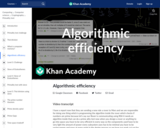
How can we improve the speed of a (deterministic) primality test? Created by Brit Cruise.

Diving into Pool Safety: A STEM Design Challenge using the Micro:bit

An overview of altering tables after creation
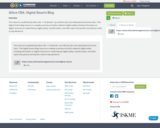
This resource is published by Altice USA. The Digital Smarts Blog resource is a weekly summary of articles related to digital safety including information on digital resources on media literacy, digital safety, misinformation, and other topics that parents and teachers need to stay abreast of.
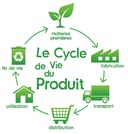
Ce document détaille la démarche de l’analyse ACV.la lecture de ce document permet de découvrir les domaines d’application de la méthode ACV et d'appréhender les avantages et les inconvénients de l’analyse.A la fin de la lecture, l'apprenant sera capable de Maitriser les outils d’analyse des impacts.

Ce cours traite des éléments liés au milieu physique et plus précisément l'espace physique rural et les méthodes utilisées pour l'analyse de ces milieux,يتناول هذا المساق العناصر المتعلقة بالبيئة المادية وبشكل أكثر تحديدا الفضاء المادي الريفي والأساليب المستخدمة لتحليل هذه البيئات

Checklist that can be used as a guide in analyzing the assignment examples
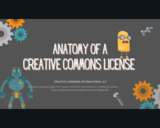
A brief overview of the six Creative Commons licenses and how each works.
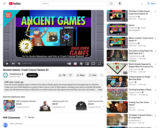
From the ancient Egyptian game of Senet to the Aztec’s Patolli, games have been played since the beginning of civilization. Today, your host Andre Meadows is going to take a look at a few of these games, including some that are actually still played today, and talk about how they’ve influenced our modern board and video games and why they have had such staying power.
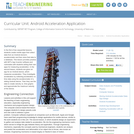
In the first of two sequential lessons, students create mobile apps that collect data from an Android device's accelerometer and then store that data to a database. This lesson provides practice with MIT's App Inventor software and culminates with students writing their own apps for measuring acceleration. In the second lesson, students are given an app for an Android device, which measures acceleration. They investigate acceleration by collecting acceleration vs. time data using the accelerometer of a sliding Android device. Then they use the data to create velocity vs. time graphs and approximate the maximum velocity of the device.